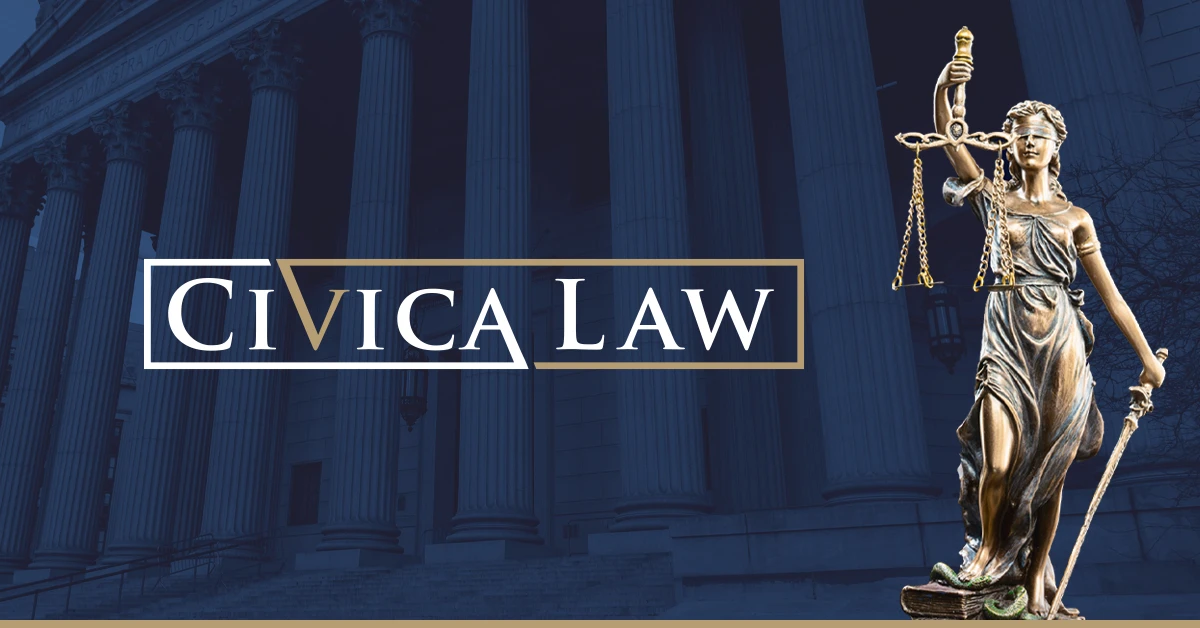Drone use by cities is rapidly growing, and case law is trying to keep up. A recent Court of Appeal ruling in Castanares v. City of Chula Vista, provides guidance about the use and public disclosure of drone footage collected by public agencies.
In this case, Mr. Castanares submitted a California Public Records Act (“CPRA”) request to the City for the video footage that was captured by drones that were being used by the City’s police department as part of their first responders pilot program. Chula Vista was one of the first cities to utilize drones as first responders to evaluate their 911 calls. Castanares requested a year of drone footage, amounting to 537 separate pieces and 92 hours of footage. After the City refused to release this information, determining it was exempt from public disclosure as an investigative record (Code of Civil Procedure § 7923.600), Castanares filed a lawsuit to compel disclosure.
The judge ruled for the City, finding that the video footage was exempt from public disclosure because of its investigative purpose. Additionally, the Court found an unreasonable burden placed on the City in redacting the video before it could provide it to Castanares.
Castanares appealed this ruling. In its decision to reverse the trial judge’s ruling, the Court of Appeal held that drone footage obtained by police agencies is not categorically exempt; instead, cities must conduct a more thorough analysis. The Court of Appeal described three categories that the drone footage could fall under, only some of which would be publicly disclosed:
- Drone video footage that is part of an investigatory file.
- Instances where officers used a drone to investigate whether a violation of law was occurring or had occurred but did not create a corresponding investigatory file.
- Footage to make a factual inquiry to determine what kind of assistance is required, not to investigate a suspected violation of law.
Footage and other records falling within the first and second categories are exempt from public disclosure. However, records falling within the third category require a case by case determination by the public agency before disclosure. And, while the burden placed on the agency to review and redact non-disclosable information sometimes can form a basis to withhold the record, this will be reviewed by a court on a case by case basis.
The Court did not decide what category the video footage at issue would fall under, nor did it instruct the City how to determine which category to put the footage in; it only directed that the footage should fall under one of the three, and sent the case back to the City and trial court to determine which of the 92 hours of footage fell within each of the three categories.
This new case law reiterates the critical importance of public agencies developing and implementing thorough policies and procedures. We now know that those must include a way to determine how their drone footage falls into one of the three categories described above.
In addition, video footage must be carefully reviewed to redact any footage that the drone picked up during its flight en route to its destination to preserve personal privacy – another important consideration when using drones. All the better, public agencies should develop policies that reduce impacts on privacy and set rules for when the drone is recording while en route.
Disclaimer
This summary of the Castanares v. City of Chula Vista case is for informational purposes only and does not constitute legal advice. Laws and rulings are complex and subject to change. Readers should consult a qualified attorney for specific legal guidance. No warranty is made regarding the accuracy or completeness of the information, and it should not be relied upon for legal decisions.





